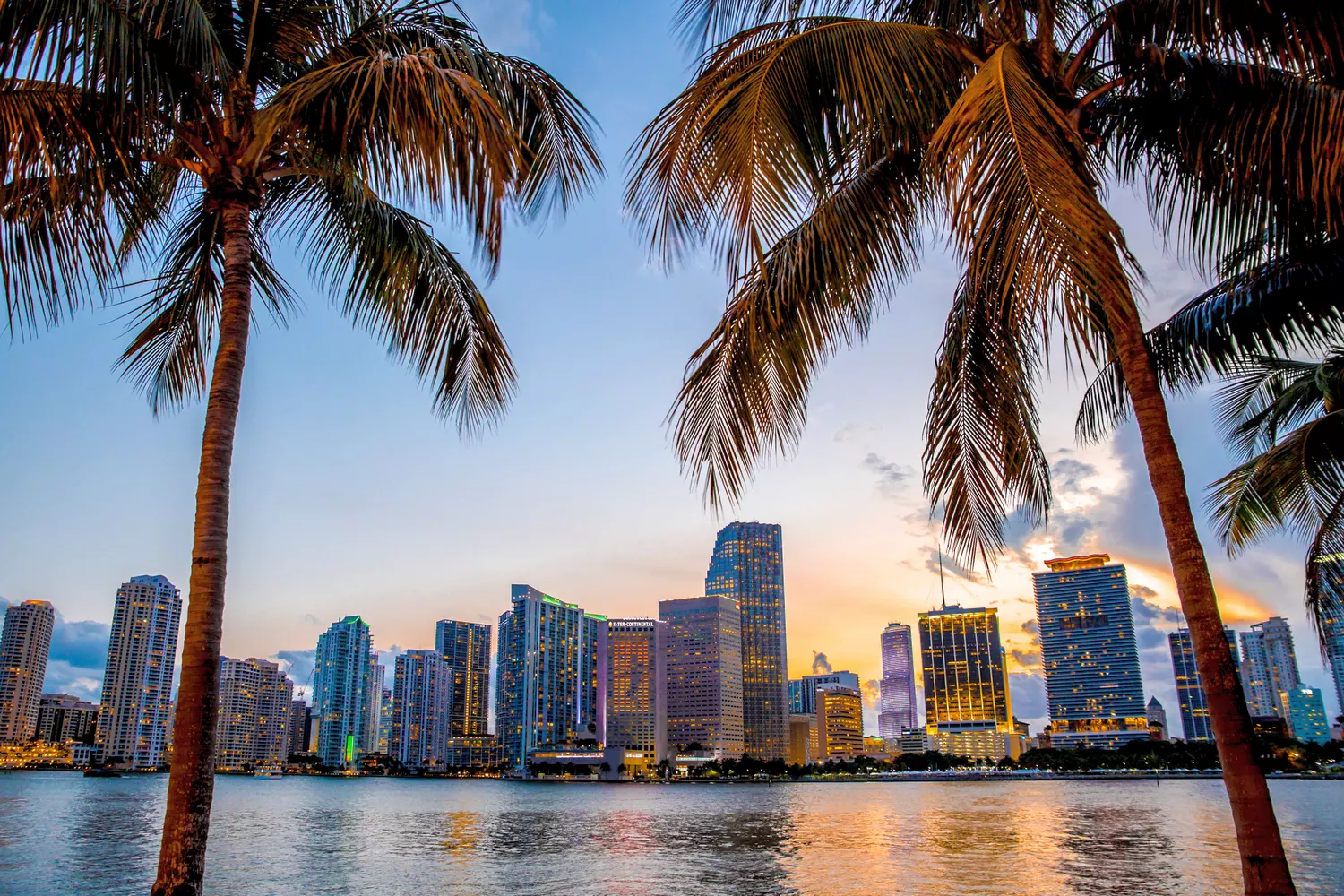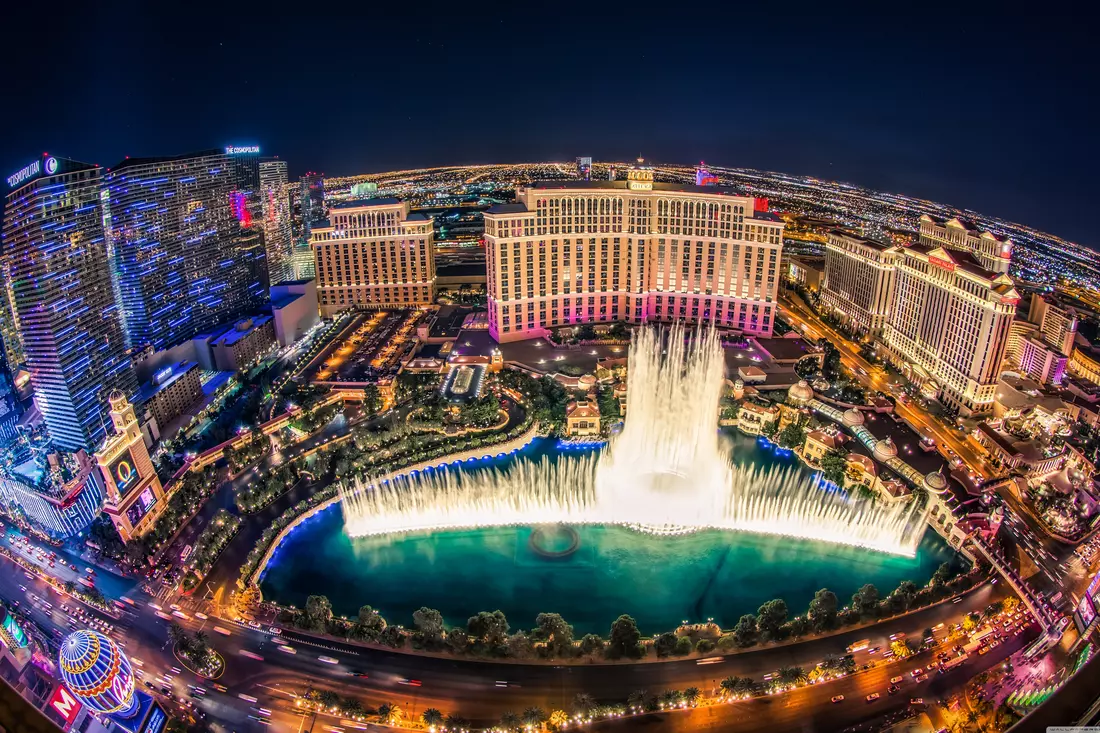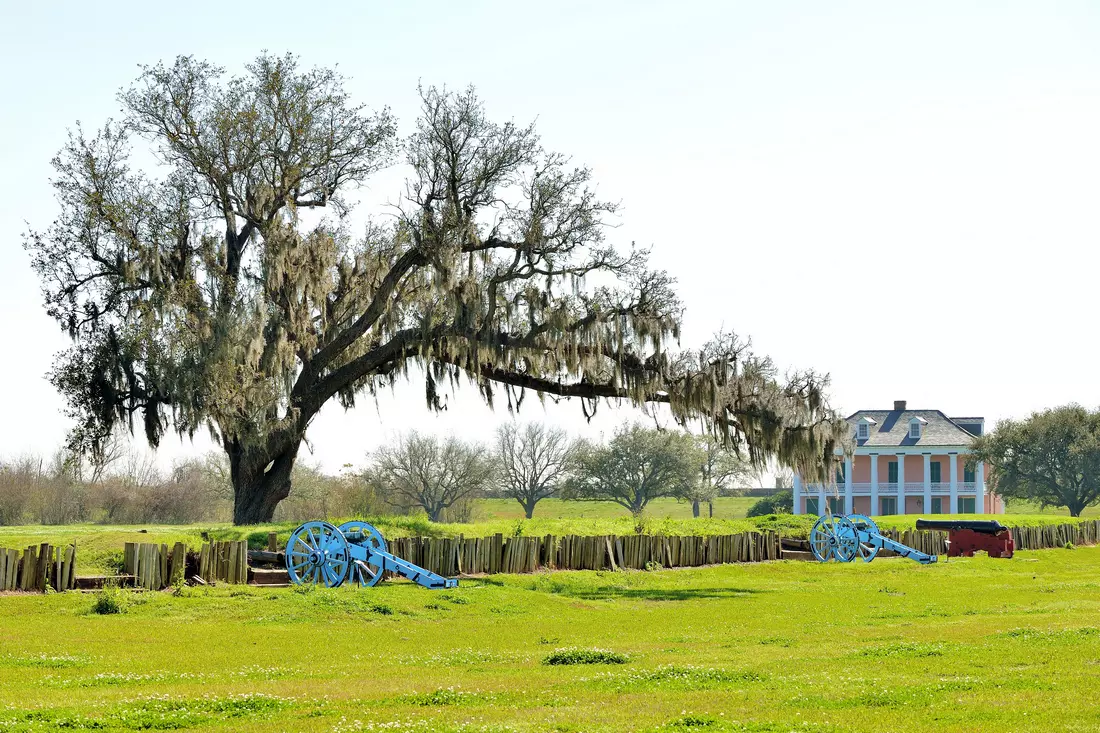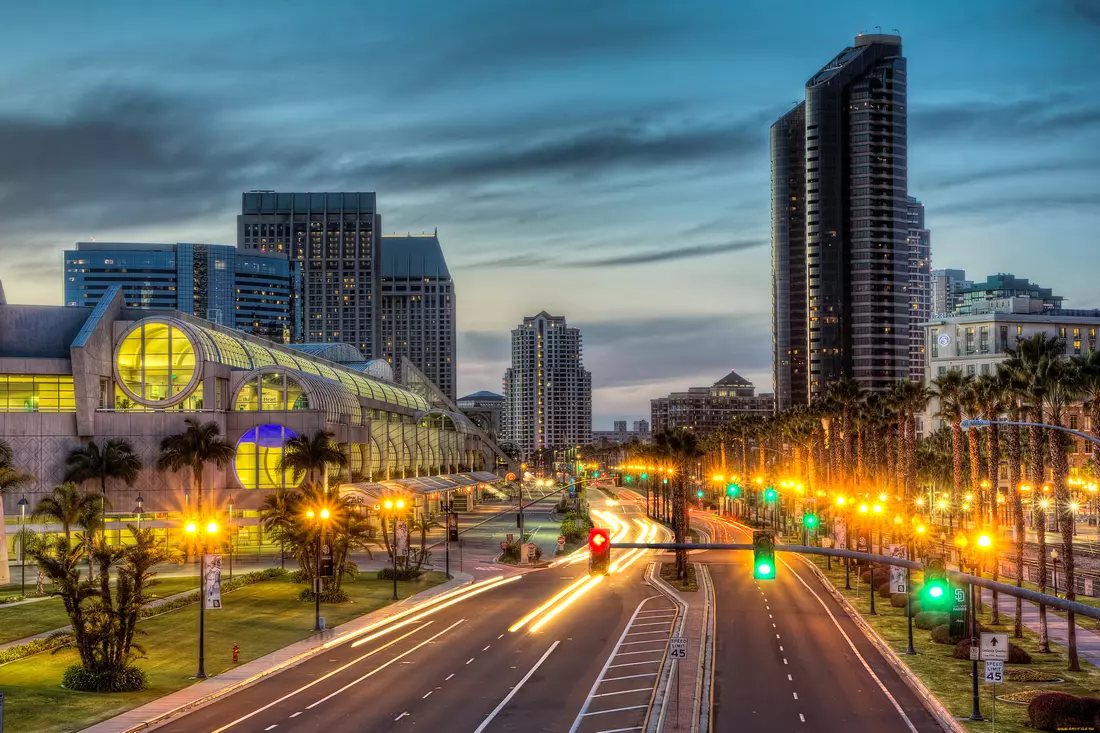MLS is the premier soccer league of the USA and Canada, uniting dozens of clubs and millions of fans. Despite its relatively recent establishment, the league has come a long way — from a doubtful start to the status of a rapidly developing sports project. Today, world-class stars come here, and interest in matches is growing not only in America but also worldwide.
The History of MLS Creation
The idea to create a professional soccer league in the USA emerged in the early 1990s, when the country was preparing to host the 1994 FIFA World Cup. One of the conditions for hosting the tournament was the organization of its own national league — and that's how Major League Soccer (MLS) was founded in 1993.
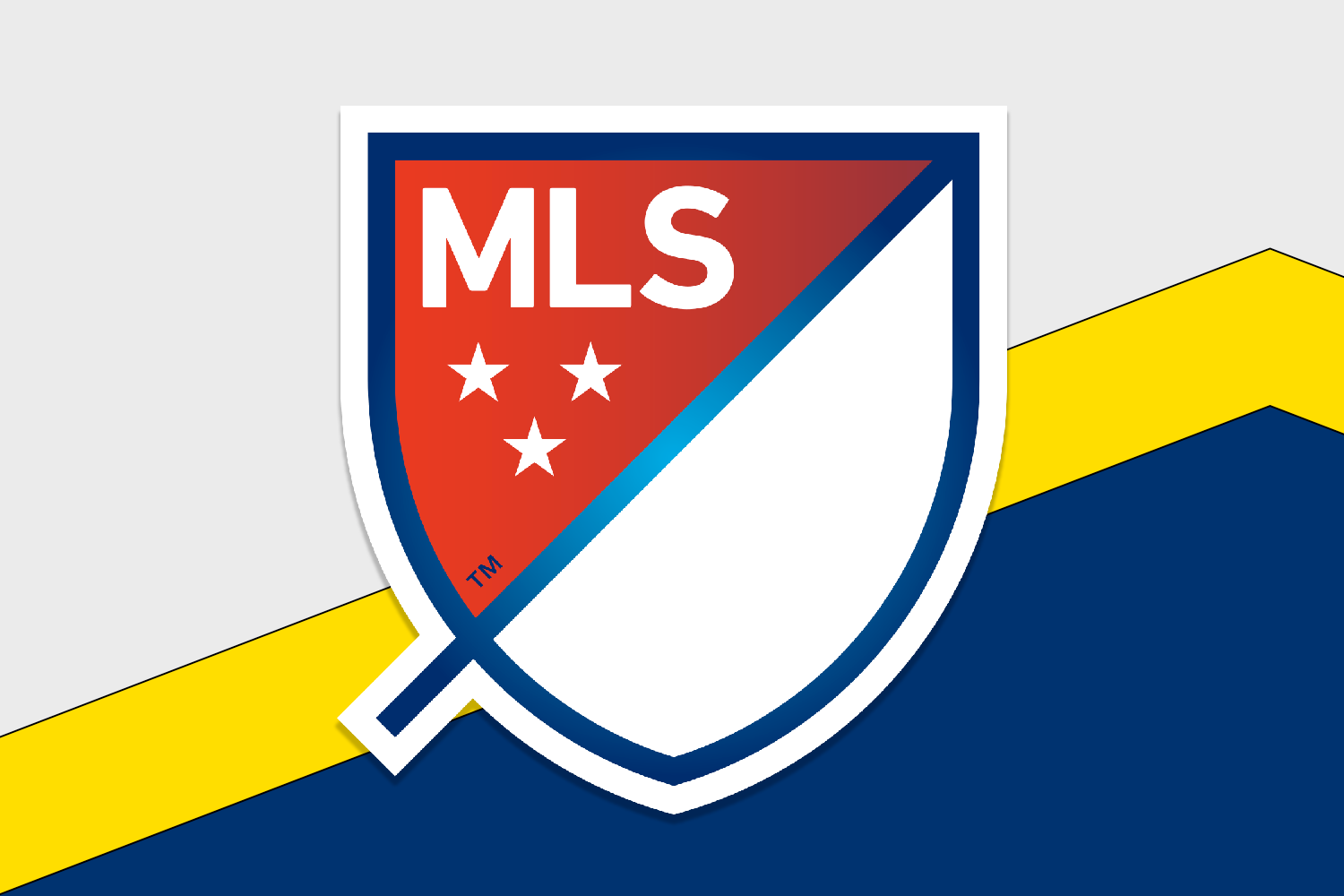
The first official season kicked off in 1996. At that time, only 10 teams participated in the league. Despite big promises, the early years were challenging: weak public interest, low broadcast ratings, modest budgets, and a lack of stable infrastructure. At one point, the league was close to shutting down.
The turning point came in the early 2000s. New owners, the construction of soccer-specific stadiums, and the arrival of experienced managers helped the league get back on its feet. In 2007, MLS signed a contract with David Beckham, and his move to the LA Galaxy marked the beginning of a new era — a period of growth and international attention.
The Modern Structure of MLS
Today, MLS is an extensive and dynamically developing system that includes:
- 29 clubs, including 3 Canadian teams;
- 2 conferences — Eastern and Western;
- a regular season and playoffs, at the end of which the champion is determined.
Regular Season
Each team plays 34 matches — home and away. Geography and conference alignment play an important role, so not all clubs play each other during the season.
Playoffs and Final
At the end of the regular season, the top teams advance to the MLS Cup Playoffs — the main knockout tournament. It follows a classic format: Round of Sixteen, Quarterfinals, Semifinals, and the Final. The winner receives the title of MLS Champion.
League Features
MLS operates on a franchise model, similar to the NBA or NHL:
- There is no relegation or promotion between leagues.
- All clubs have licenses and operate within a single organization.
- A club owner cannot simply "buy" a spot — the decision is made by the league itself.
Restrictions and Draft
To equalize the chances of clubs and avoid a financial gap between teams:
- A salary cap is in place, which limits the total spending on players.
- The "Designated Player" system exists — each club can sign up to 3 players with salaries above the limit (examples: Beckham, Messi, Ibrahimović).
- An annual SuperDraft takes place — college students can join teams through a special selection process.
Funny Laws in the USA: 20 Absurd Rules You Didn’t Know About
MLS League Clubs and Stars
Since its foundation, the league has been constantly expanding: starting with 10 teams, it now has almost 30, and growth continues.
The Largest and Most Popular MLS Clubs:
- LA Galaxy (Los Angeles) — the most decorated club, with 5 championships.
- Seattle Sounders (Seattle) — one of the most consistently high-attended clubs.
- Inter Miami CF (Miami) — a club that gained global recognition after Lionel Messi's arrival.
- Atlanta United (Atlanta) — quickly built a large fan base and became champions in 2018.
- Toronto FC (Toronto) — one of the most successful Canadian clubs in MLS.
Iconic Players
The league has become particularly attractive to well-known footballers, especially in the later stages of their careers. Here are just a few names:
- David Beckham — became the face of the league after joining the LA Galaxy in 2007.
- Thierry Henry — spent several seasons with the New York Red Bulls.
- Zlatan Ibrahimović — brought significant attention to the LA Galaxy.
- Wayne Rooney — played for DC United.
- Lionel Messi — has been playing for Inter Miami since 2023 and has significantly increased global interest in MLS.
However, the league doesn't only feature veterans. A growing number of young players are starting their careers in MLS and then moving to Europe — among them Alphonso Davies (started at Vancouver Whitecaps), Tyler Adams (New York Red Bulls), and others.
Interest in Clubs
MLS stadiums are typically soccer-specific — built specifically for football. The atmosphere at matches is friendly but also quite vibrant: in some cities (Seattle, Portland, Cincinnati), soccer is one of the main sports.
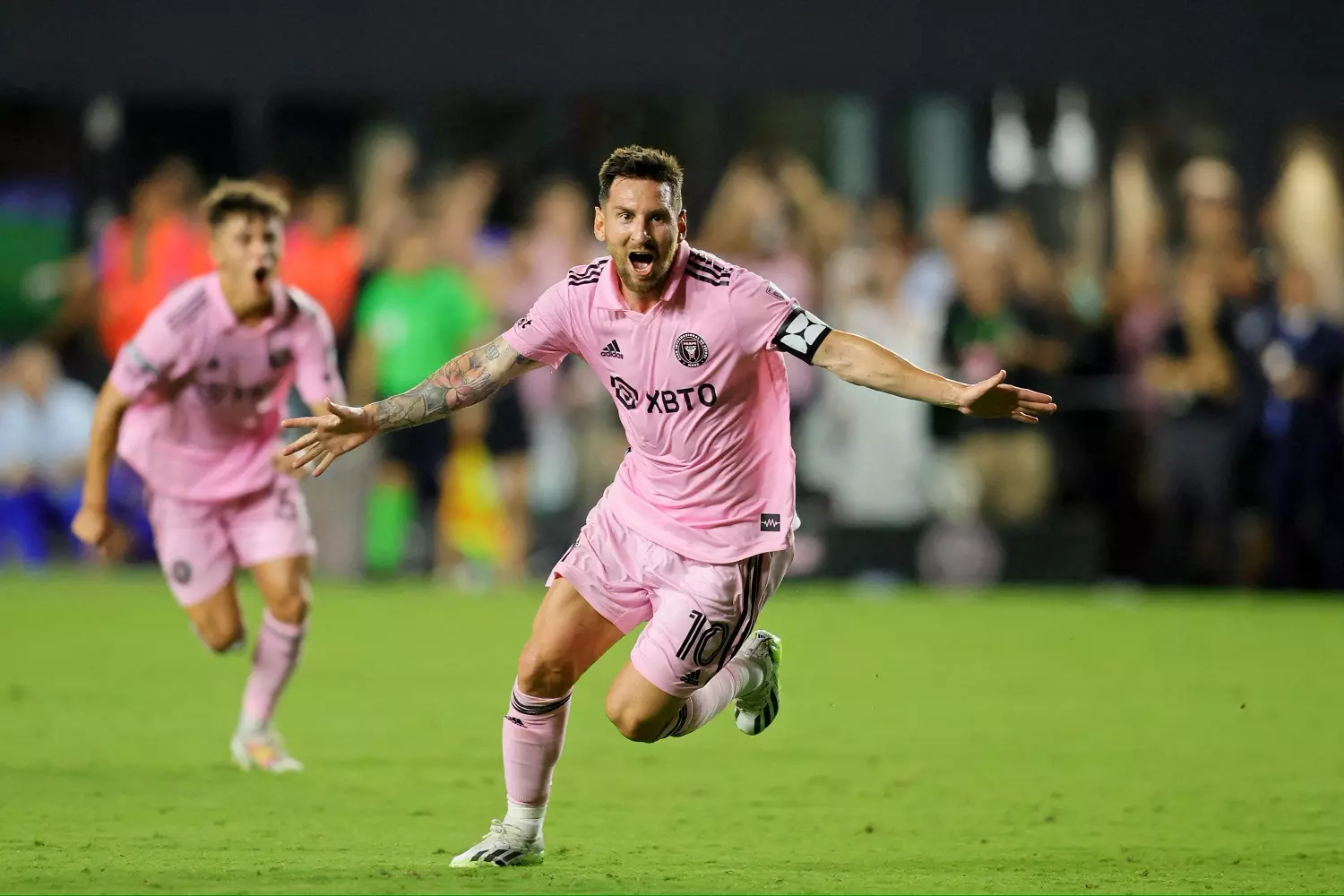
How MLS Differs from European Leagues
Despite the common term "football league," MLS differs significantly from the familiar European championships. These features make it unique and sometimes surprising even for experienced fans.
Structure Without Relegation and Promotion
MLS does not use a "relegation and promotion" system. Teams are not relegated for poor results and cannot enter the league based on sporting merit alone – only by decision of the MLS leadership.
This means:
- There is no "battle for survival" at the end of the season.
- New teams appear as full franchises after league approval.
- Stadium construction and financial stability are more important than on-field results.
Salary Cap and Budget Control
MLS strictly regulates club spending:
- The total amount for salaries is limited by a salary cap.
- A maximum of three players per team can exceed the salary limit (Designated Players).
- The league has its own internal currency — allocation money — which is used in transfers.
This is done for financial stability and parity between clubs, which is rarely seen in European football.
Drafts, Trades, Exchanges
MLS uses elements borrowed from American leagues like the NBA and NFL:
- An annual SuperDraft of players from universities.
- The ability to trade players, their rights, draft picks, or even budget money between clubs.
- There are no traditional academies like in Europe — development goes through college sports and new types of club academies.
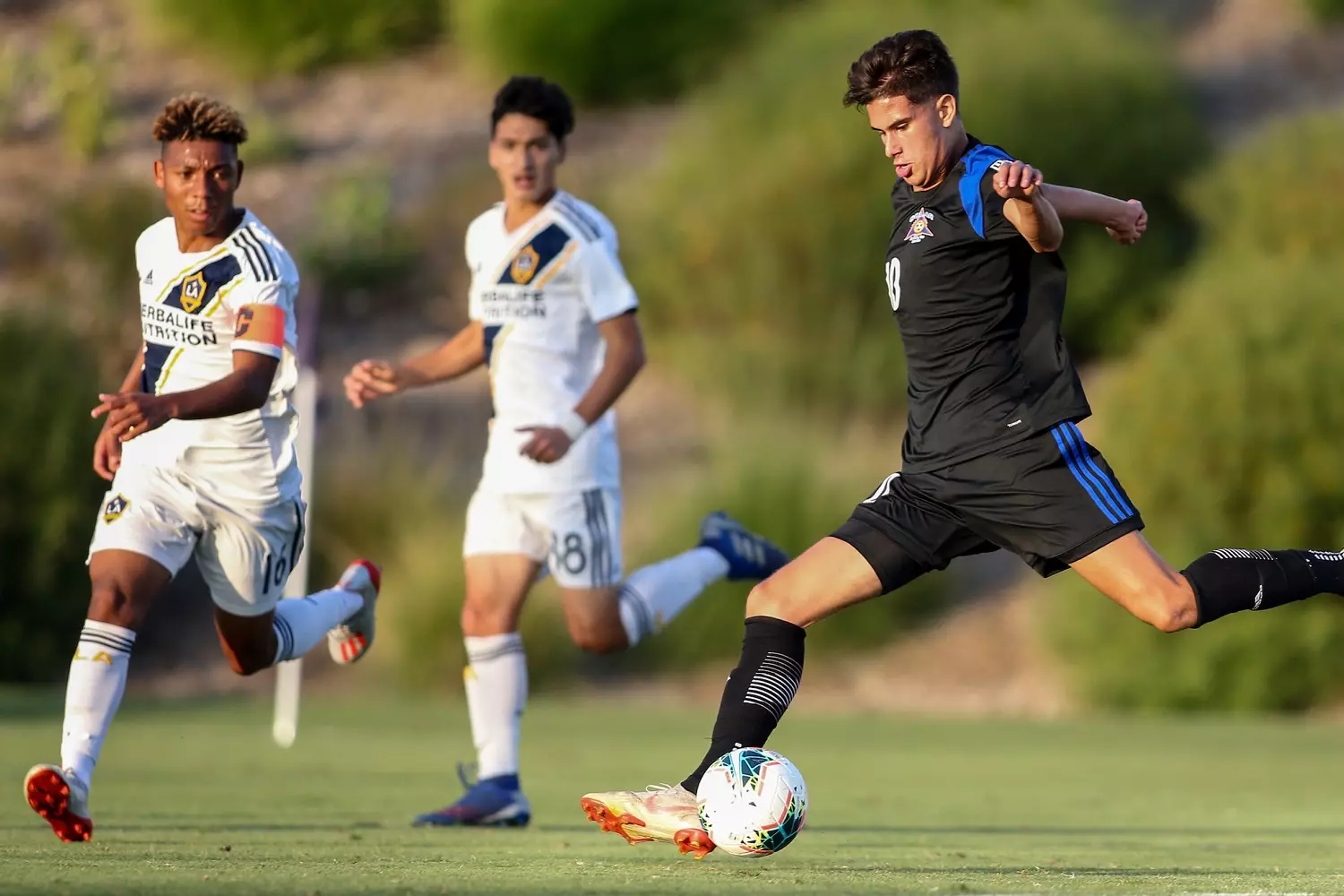
Interesting Facts About the League
- The first MLS match took place on April 6, 1996. San Jose Clash won that game.
- The most decorated club is LA Galaxy (5 championships and 9 final appearances).
- Since 2023, broadcast rights belong to Apple — matches can be watched via subscription on Apple TV+ worldwide.
- Attendance is growing: Atlanta United regularly attracts 40–50 thousand spectators to home matches — more than many European clubs.
MLS is a multinational league: players from over 80 countries around the world play in its clubs.
The League's Future and the Impact of the 2026 World Cup
In the coming years, MLS intends to continue its expansion and strengthen its position on the global stage. The 2026 FIFA World Cup, which will be held in the USA, Canada, and Mexico, will be a significant catalyst for development.
What to expect:
- Increase in the number of teams — there could be 30 or more by 2025.
- Investment in infrastructure — new stadiums and training centers are being built.
- Influx of star players — the league is becoming increasingly attractive not only for veterans but also for active players in their prime.
- Entry onto the international stage — MLS clubs are already competing with teams from Liga MX (Mexico), and closer ties with South America and even Europe are possible in the future.
The main goal is to make MLS not just a domestic American league but a full participant in the global football market.
How to Attend an MLS Match
Soccer in the USA is not just a sport but also a cultural event. Going to a match is a great way to see American fan culture in action.
What you need to know:
- Tickets can be purchased online — most often through club websites or the official MLS app.
- Stadiums are comfortable, modern, and often located in the city center or near developed transport hubs.
- The atmosphere differs from European matches — there are many families with children, food courts, fan zones, and concerts before and after games.
- Prices start at around $20–$30 for basic seats and go up to $200+ for VIP areas.
- If you are planning a trip to the USA, attending an MLS match can be a pleasant and unique part of your itinerary — especially in cities like Los Angeles, Miami, New York, or Seattle.
MLS is not just a football league but a reflection of the American sports culture. It operates with its own rules, principles, and approach to the game. And although it currently lags behind the European giants in terms of level, its development dynamics, spectator interest, and the influx of stars make it one of the most promising leagues in the world. If you are interested in football and want to see what it looks like the American way — MLS is worth your attention.































